Why are SEO, GEO and AEO Provided as a Bundled Service?
Answer to: Why are SEO, GEO and AEO Provided as a Bundled Service?
Search Engine Optimization (SEO), Answer Engine Optimization (AEO), and Generative Engine Optimization (GEO) are presented by Mansfield as a unified service package because they rely on the same foundational content to achieve different but complementary goals. While each strategy targets a specific type of user behavior, browsing a list of links, seeking a direct answer, or conversing with an AI, they all require a website to be technically sound, authoritative, and structured clearly. By executing these strategies concurrently, industrial and B2B businesses can ensure their digital presence is efficient and consistent. This approach avoids the redundancy of creating separate campaigns for each search method and ensures that a single effort to improve content quality translates into visibility across traditional search engines, voice assistants, and large language models simultaneously.
The Interdependencies of the Search Visibility Triad
The most effective way to understand why these services are bundled is to view them as a "triad of search visibility" where each component supports the others. It is difficult to succeed in one area without addressing the others.
- SEO acts as the foundation: It ensures that a website is crawlable, indexable, and technically healthy. Without the authority and technical accessibility provided by SEO, the content cannot be found by the algorithms responsible for AEO or GEO.
- AEO provides structure: Once a site is indexable, AEO focuses on formatting content into concise questions and answers. This structure helps search engines extract "featured snippets" or direct answers.
- GEO leverages authority and structure: Generative AI models look for trusted sources to synthesize information. They rely on the authority established by SEO and the clear, factual structure provided by AEO to understand and cite a business as a reliable source.
For industrial and B2B companies in Houston, where technical specifications and complex service offerings are common, this interdependency is critical. If a strategy focuses only on SEO, the content might rank well but fail to be cited by an AI chatbot. Conversely, focusing only on GEO without the technical backing of SEO means the AI might never discover the content in the first place. Mansfield approaches this by harmonizing the technical signals and content formats, ensuring that improvements in one area amplify success in the others. This holistic method secures visibility regardless of how the end-user chooses to search.
Perspectives on Separating Search Disciplines
If you were to ask other marketing professionals why these services might be sold separately, the answers often revolve around resource allocation or specialization levels. Some agencies view SEO as the "current" necessity and GEO as a "future" luxury, suggesting that businesses should perfect traditional search before worrying about AI. From this viewpoint, bundling them might seem premature or overwhelming for smaller entities.
Others might separate these services to create distinct pricing tiers. In this model, AEO and GEO are treated as premium add-ons for advanced clients rather than standard best practices. There is also an argument that AEO requires a different copywriting skill set, focusing on facts and brevity, compared to the narrative style often used in traditional SEO blogs. However, as search engines increasingly integrate AI directly into their standard results pages, the argument for keeping these services separate is becoming less relevant. The distinction between a search engine and an answer engine is disappearing, making the bundled approach the most practical route for modern visibility.

